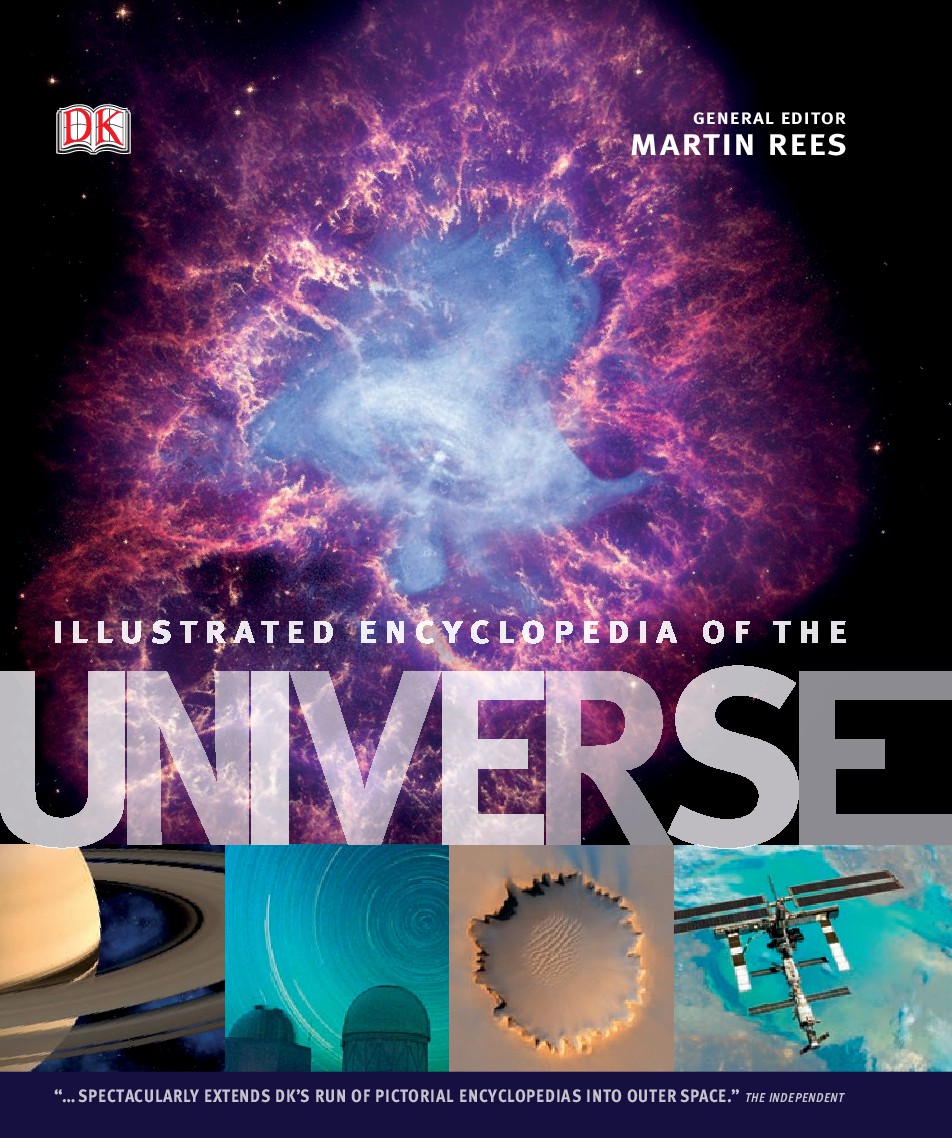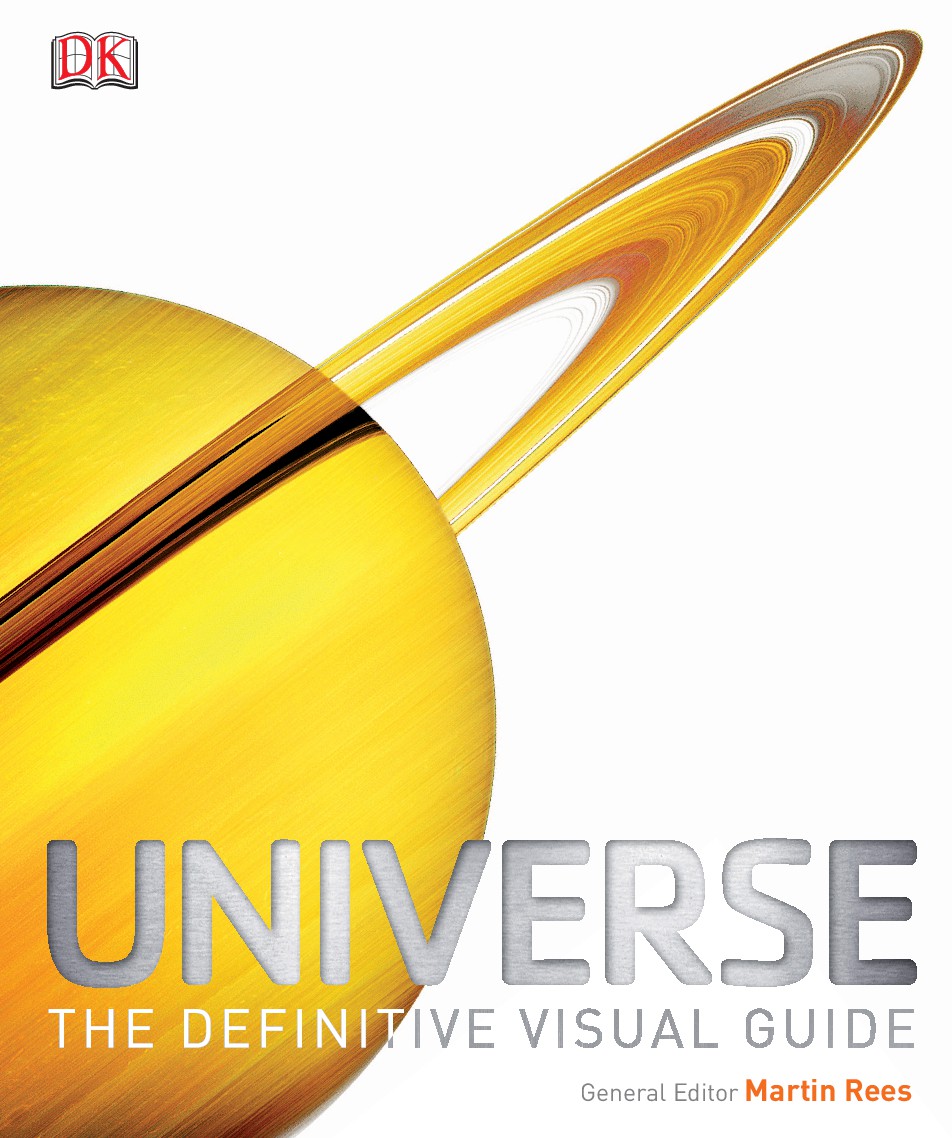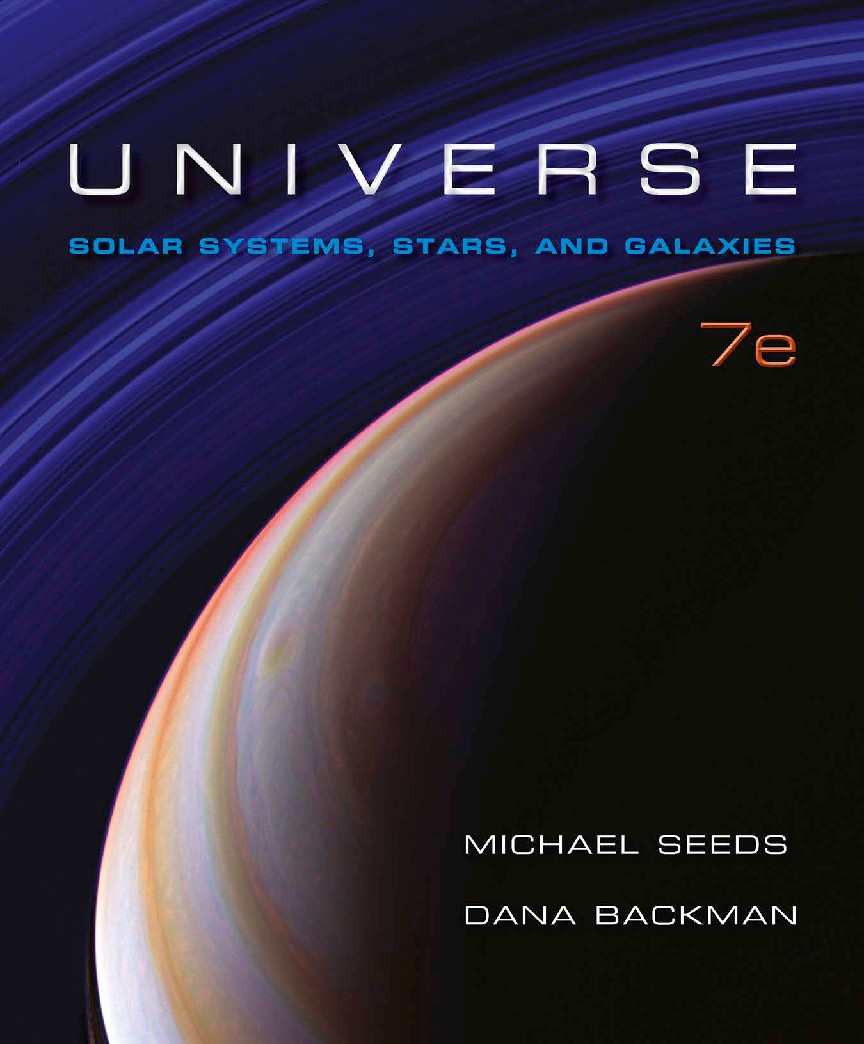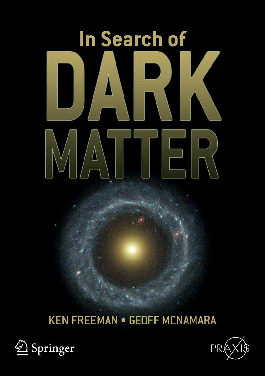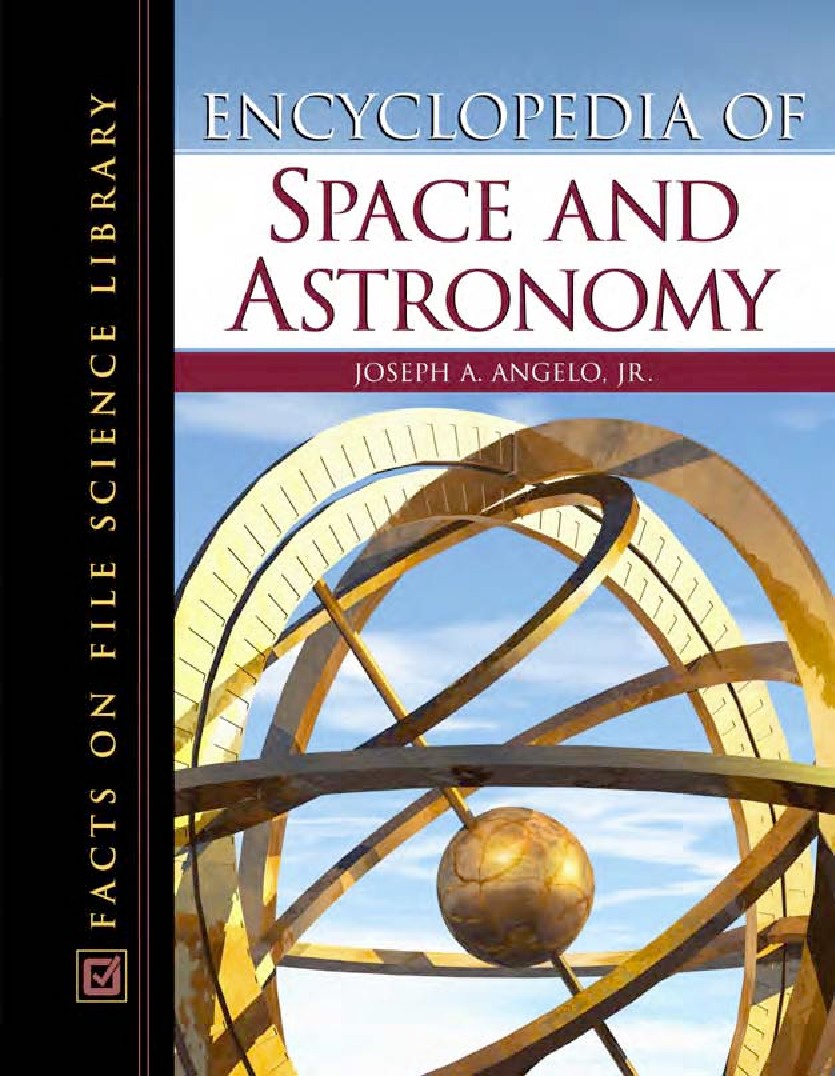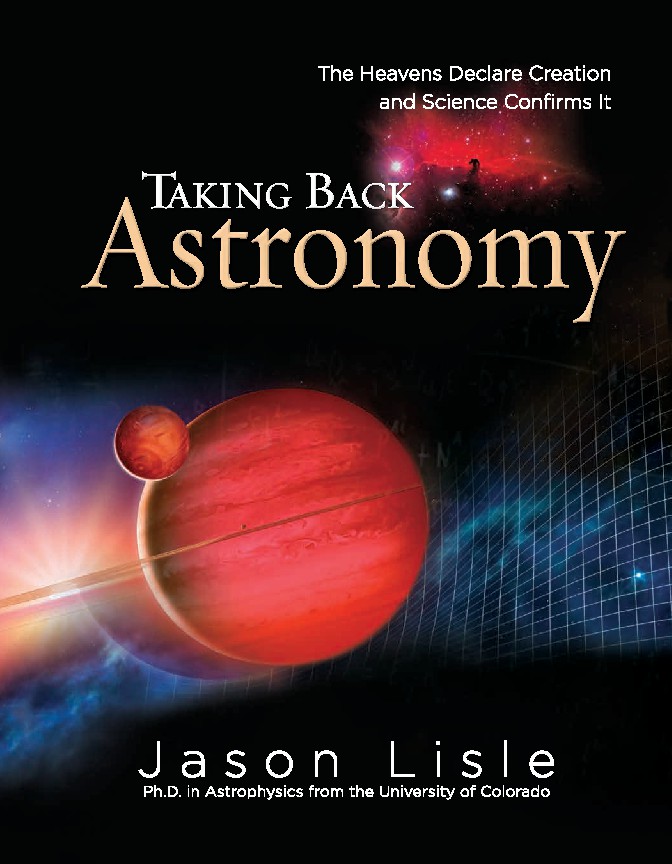Book Details

The Astronomy Book
Throughout history, the aim
of astronomy has been to
make sense of the universe.
In the ancient world, astronomers
puzzled over how and why the
planets moved against the backdrop
of the starry sky, the meaning of
the mysterious apparition of comets,
and the seeming remoteness of
the sun and stars. Today, the
emphasis has changed to new
questions concerning how the
universe began, what it is made
of, and how it has changed. The
way in which its constituents, such
as galaxies, stars, and planets, fit
into the larger picture and whether
there is life beyond Earth are some
of the questions humans still
endeavor to answer.
Understanding astronomy
The baffling cosmic questions of
the day have always inspired big
ideas to answer them. They have
stimulated curious and creative
minds for millennia, resulting in
pioneering advances in philosophy,
mathematics, technology, and
observation techniques. Just
when one fresh breakthrough
seems to explain gravitational
waves, another discovery throws
up a new conundrum. For all we
have learned about the universe’s
familiar constituents, as seen
through telescopes and detectors
of various kinds, one of our biggest
discoveries is what we do not
understand at all: more than 95
percent of the substance of the
universe is in the form of “dark
matter” and “dark energy.”
Author: DK Publishing
Pages: 354
Issue By: eBook 707
Published: 2 years ago
Likes: 0
